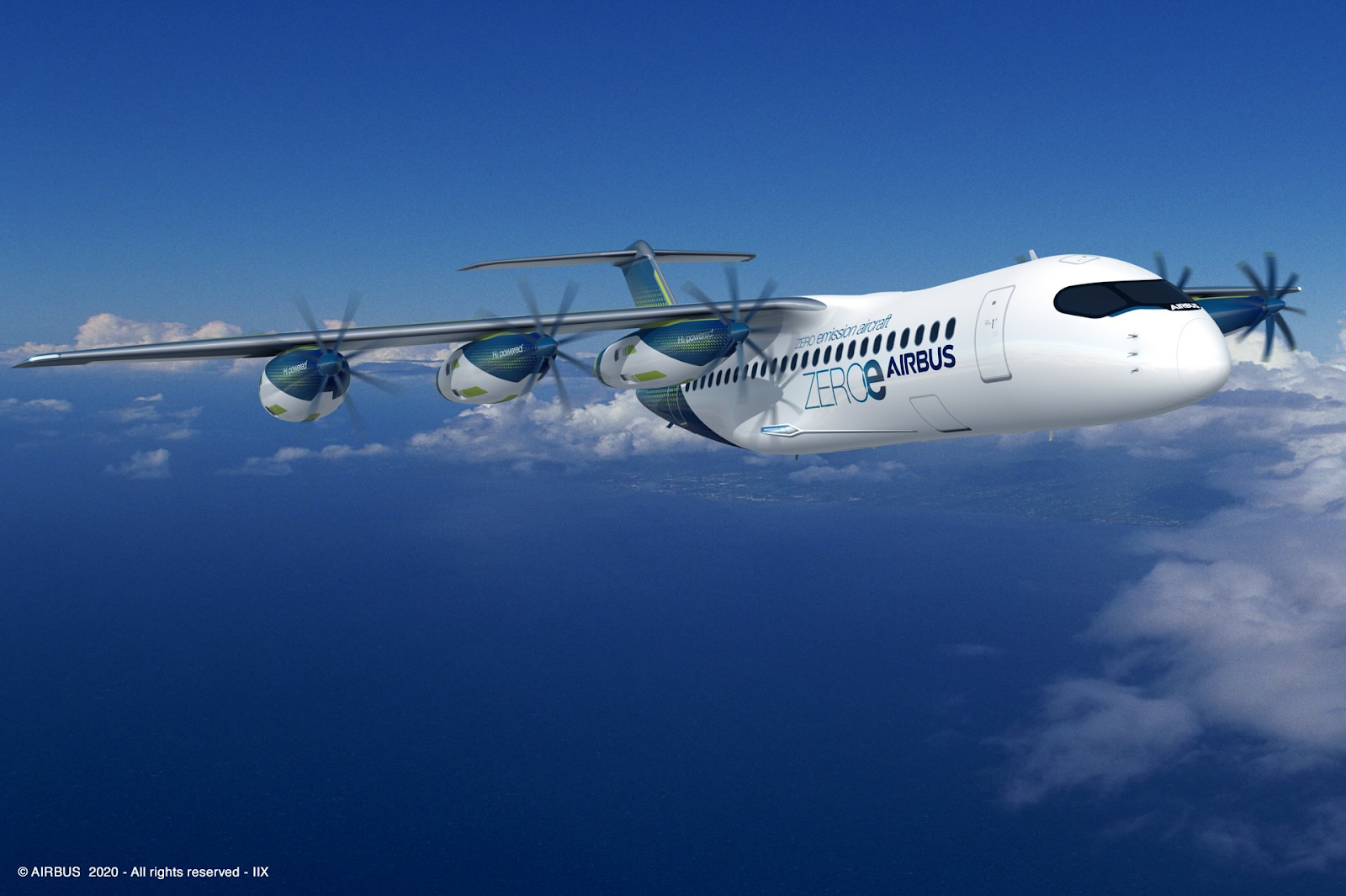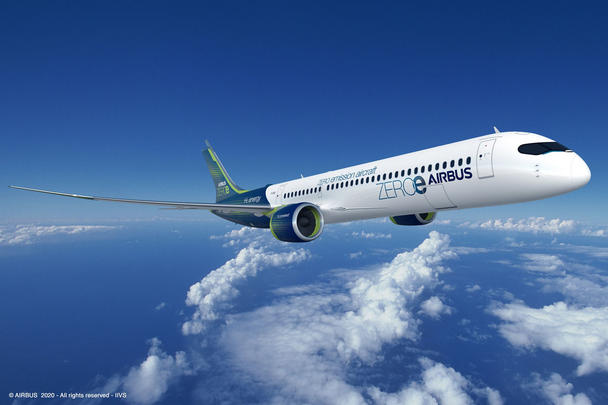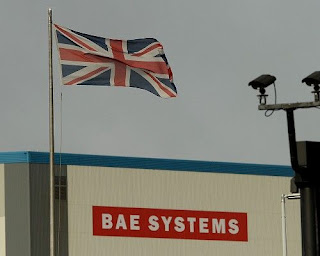Airbus envisions a future of zero-emission aircraft powered by hydrogen-based fuel and electric batteries. They have unveiled three concept aircraft, including a hydrogen turboprop and a blended wing design. The cabins of the future will feature augmented reality, living spaces, and sleeping opportunities. However, there are challenges with hydrogen fuel production and range limitations. Government support and infrastructure development will be crucial for the success of these concepts.
Airbus aims to have the first of these zero emission aircraft to be released by 2035. The first prototype introduced in the ZeroE series is the Regional Turboprop aircraft that can seat up to a 100 passengers. This comes under the same category as the existing ATR-42 and other turboprop aircraft which get used daily for short regional flights. The ZeroE turboprop will have a range of 1000 nautical miles. The way the aircraft will operate is by using modified gas turbine engines.
The second concept released by Airbus into the ZeroE category is the Modified Turbofan aircraft which can carry 120-200 passengers and has a range of 2000 nautical miles.This aircraft will use a modified turbofan jet engine. In this aircraft, additional hydrogen will be stored at the rear of the fuselage.
Sustainable fuel is one of the main options that aircraft manufacturers will be looking towards. Sustainable fuel is produced from "Waste oils from biological origins" , "Agricultural Residues", "Non-fossil CO2". Airbus want to completely eliminate the use of fossil fuels for their aircraft and hence the introduction of the ZeroE. Electric power is another way to cut down on CO2 emissions created by aircraft but it will take a long time for electric power to be introduced into larger aircraft. Batteries are heavy and there needs to be a solution found in order to maximise efficiency and find a suitable design that allows the aircraft to fly long distances.
Hydrogen on the other hand has a very high energy content by weight ratio. This makes it well suited as a potential alternative energy source. Hydrogen can be used in two ways to power aircraft. Hydrogen fuel cells is one of the methods in which hydrogen and oxygen which produces electric power and the only by products will be heat and water. This is used to then power the engines of the aircraft. The other way hydrogen can be used is directly as a fuel source in a modified engine.
Hydrogen has been successfully implemented on smaller aircraft that complete short distances but there still needs to be plenty of technological advancements in order to integrate hydrogen power into larger aircraft and to be used for long distance trips. Airbus believe as time goes along the price of hydrogen being used as a fuel source will decrease due to an expansion in the usage of these fuel cells.




















